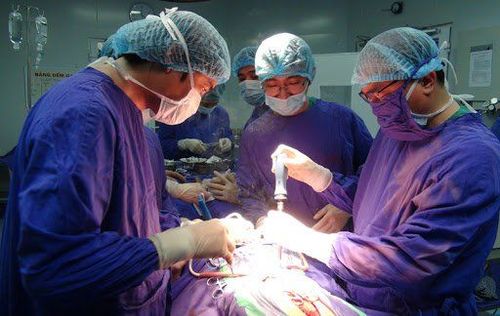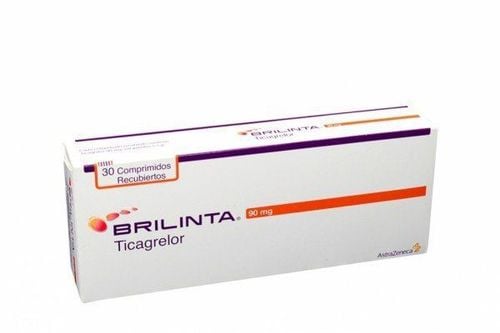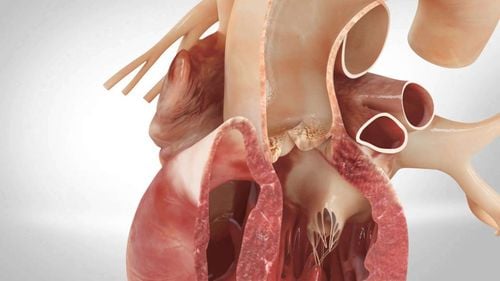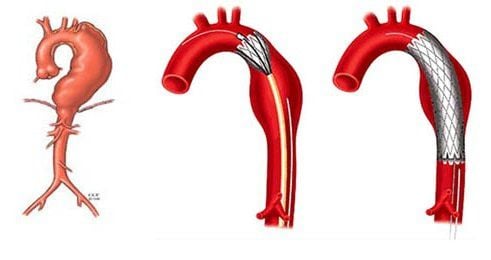This is an automatically translated article.
The article is professionally consulted by Master, Doctor Bui Tien Dat - Emergency Medicine - Cardiology - Emergency Resuscitation Department - Vinmec Hai Phong International General Hospital. The doctor has more than 12 years of experience in the field of emergency resuscitation - cardiology.Popliteal Artery Entrapment Syndrome (PAES) is one of the rare causes of chronic lower extremity ischemic symptoms. Late diagnosis and treatment will lead to serious complications affecting the patient's health.
1. What is popliteal artery entrapment?
The artery that carries blood from the heart to the legs, the artery in the back of the knee, is called the popliteal artery. In this area, the artery is located just behind the bones and in front of the fascia and calf muscles. In a normal person, when walking, the muscles and fascia contract but do not cause compression or affect the blood supply function of the popliteal artery. Popliteal artery entrapment syndrome is a rare syndrome in which the calf muscle grows in an abnormal or hypertrophied position, placing pressure on the popliteal artery. foot. When this artery is "trapped", making it difficult for blood to flow to the bottom of the foot, causing certain disorders to the lower leg depending on the time and degree of compression.Patients with popliteal artery entrapment may be present at birth (congenital) or develop later in life (acquired). In the congenital form, the calf muscle or nearby artery is positioned abnormally while the baby grows in the womb. People with the acquired form of PAES have larger-than-normal (extended) calf muscles. This condition can also develop over time, as exercise and training lead to an enlarged calf muscle that compresses the popliteal artery.
Popliteal artery entrapment syndrome, also known as "running disease" is rare because it is difficult to diagnose and is easily confused with venous insufficiency.

2. Symptoms of popliteal artery trap
The main symptom of popliteal artery entrapment is pain or cramping in the back of the lower leg (calf) that occurs during exercise and rest. Other signs and symptoms may include:Cold feet after exercise Sharp or burning pain in the calf Numbness in the calf area If a nearby vein (popliteal vein) is also trapped by the calf muscle , you may have:
A feeling of heaviness in the legs Nighttime cramps Swelling in the calf area Changes in skin color around the calf muscles Blood clots in the lower legs ( deep vein thrombosis ).

3. Risk factors
Popliteal artery entrapment syndrome is uncommon. The following increase your risk of this condition:Young people: This condition is most commonly seen in people in their teens or 20s. It is rarely diagnosed in people over the age of 40. Men: PAES can occur in anyone, but it's much more common in younger men. Heavy sports activity: People who engage in high-stress sports such as running, cycling, athletics, regularly doing weightlifting or high-intensity interval training are at greatest risk.
4. Diagnosis of popliteal artery trap
4.1 Clinical diagnosis
Manifestations of pain, calf fatigue similar to chronic ischemic syndrome caused by atherosclerosis.4.2 Diagnostic Imaging
The images received before and after the tiptoe test, help to confirm the diagnosis and diagnose the disease formUltrasound: Helps evaluate the flow rate, location and degree of stenosis, atherosclerosis of the arteries circuit, peripheral circulation. With the diagnosis of popliteal artery entrapment, ultrasound in normal position and maximal plantar flexion should be performed. When the peripheral flow rate is decreased after testing, PAES is present. Combined with clinical (pulse) when the patient is on tiptoe for more accurate diagnosis. Multi-slice computed tomography (MSCT) Magnetic resonance imaging (MRI).
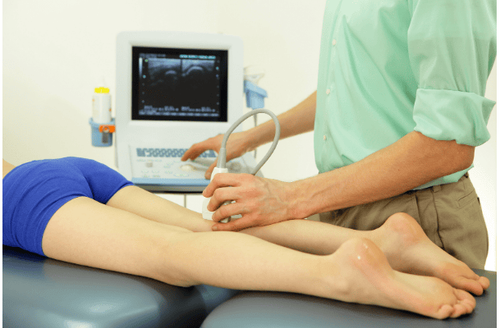
5. Complications of popliteal artery trapping
Long-term pressure on the popliteal artery can cause the artery to narrow, causing pain and cramping even with light activities, such as walking.In severe cases or when not diagnosed early, the nerves and muscles in the legs can be damaged. Blood clots can occur in the lower extremities (deep vein thrombosis). Older athletes with signs and symptoms of popliteal artery entrapment syndrome should be screened for aortic aneurysms.
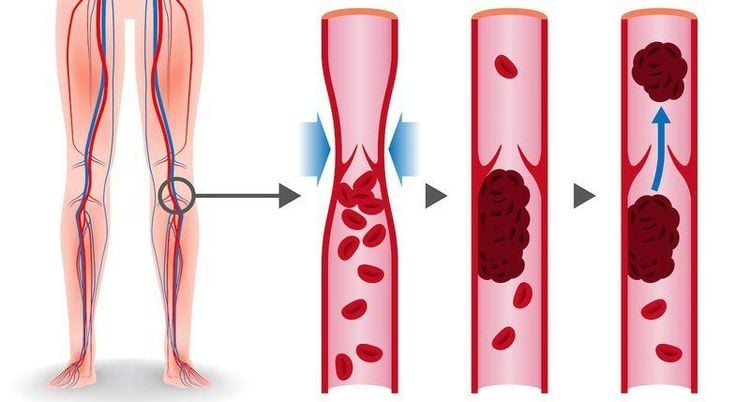
6. Treatment of popliteal artery trap
Surgery is the only way to correct the abnormal calf muscle and release the trapped artery. This eliminates artery compression and allows normal blood flow to the leg. Your doctor will likely recommend surgery if your symptoms significantly interfere with your activities.During surgery, the doctor will make an incision in the inner calf just below the knee, or behind the knee, to release the abnormal calf muscle and give the artery more room. This will prevent the calf muscles from pressing on the artery in the future. The patient was under general anesthesia during the surgery.
If the compression has been going on for a long time, you may need artery bypass surgery. Bypass surgery is usually only performed on people with severe narrowing of the arteries due to persistent popliteal artery entrapment syndrome.
Surgery to release the calf muscle and popliteal artery usually does not affect the function of the leg. When this condition is diagnosed and treated early, the patient makes a full recovery and the symptoms disappear.
In summary, popliteal artery entrapment is a rare disease caused by anatomical abnormalities of the calf muscle region causing compression of the popliteal artery. Diagnosis of the disease is based on clinical and ultrasound, magnetic resonance, multi-slice computed tomography. Surgery is the most effective treatment method recommended, depending on the stage of the disease, the stage of vascular damage, there is a reasonable surgical method.
Vinmec International General Hospital is a general hospital with the function of examining, diagnosing and treating many diseases, including cardiology. At Vinmec, there are full necessary medical equipment such as Hybrid room system, DSA angiography machine, ultrasound machine, magnetic resonance imaging machine, x-ray machine, anesthesia machine with integrated blood monitoring software. move the patient as closely as possible. Therefore, the Hybrid operating room can meet the requirements of surgery and angioplasty, coronary stenting, aortic stent graft, open heart surgery, heart valve replacement for congenital heart diseases along with many heart complications. The circuit is different with modern techniques that are least invasive, safe, and help patients recover soon.
Especially, the medical examination and treatment process at Vinmec is carried out by a team of highly qualified doctors and nurses who have undergone training and are granted technical certificates, able to handle quickly and effectively, especially in cases of urgent need. Therefore, patients with clogged arteries or heart-related diseases can rest assured with a strict, methodical and effective treatment process at Vinmec.
Please dial HOTLINE for more information or register for an appointment HERE. Download MyVinmec app to make appointments faster and to manage your bookings easily.





